Five Centuries: Furniture, Paintings & Works of Art
Ahead of our two-day November 2023 Five Centuries auction, our team selected a few of their favourite things, highlighting some of the intriguing pieces that featured.

9 November 2023
Lyon & Turnbull
Ahead of our two-day November 2023 Five Centuries auction, our team selected a few of their favourite things, highlighting some of the intriguing pieces that featured.
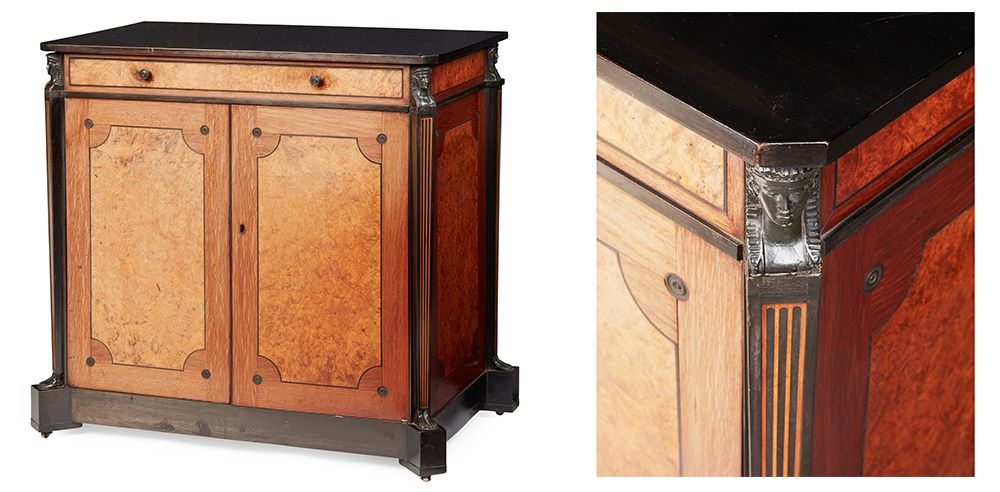
How can I possibly select just one favourite item from the over five-hundred lots in our November Five Centuries? I often gravitate to folk art pieces, or those with an evocative air about them, but this time my eye has landed on lot 241, the Regency cabinet in the manner of George Oakley from the Stevenson Collection (lots 214-247). I love it for many reasons: it’s solid compactness, the quality of the construction, the play of colour and grain with the different woods employed, and finally the hint of exoticism in the Egyptianesque terms standing sentinel on all four corners. There was a great penchant for things in the Egyptian style in the late Georgian and Regency periods, promoted by influential designer/makers like Thomas Hope. We’ve said this cabinet is in the manner of the cabinet maker George Oakley, who ran one of the more successful London firms from the end of the 18th century through the first decades of the 19th century, and whose clients included the Prince of Wales, later George IV. It also has the added surprise that when you open the cupboard doors it reveals six beautifully fitted graduated drawers that slide as easily as they did when it was made over two-hundred years ago. Lastly, it’s tantalising that it’s come for sale from the renowned Scottish Stevenson family, who through generations made their name as pioneering lighthouse engineers and includes the writer Robert Louis Stevenson amongst it’s well-known members.
- Douglas Girton, Head of Fine Furniture and Works of Art
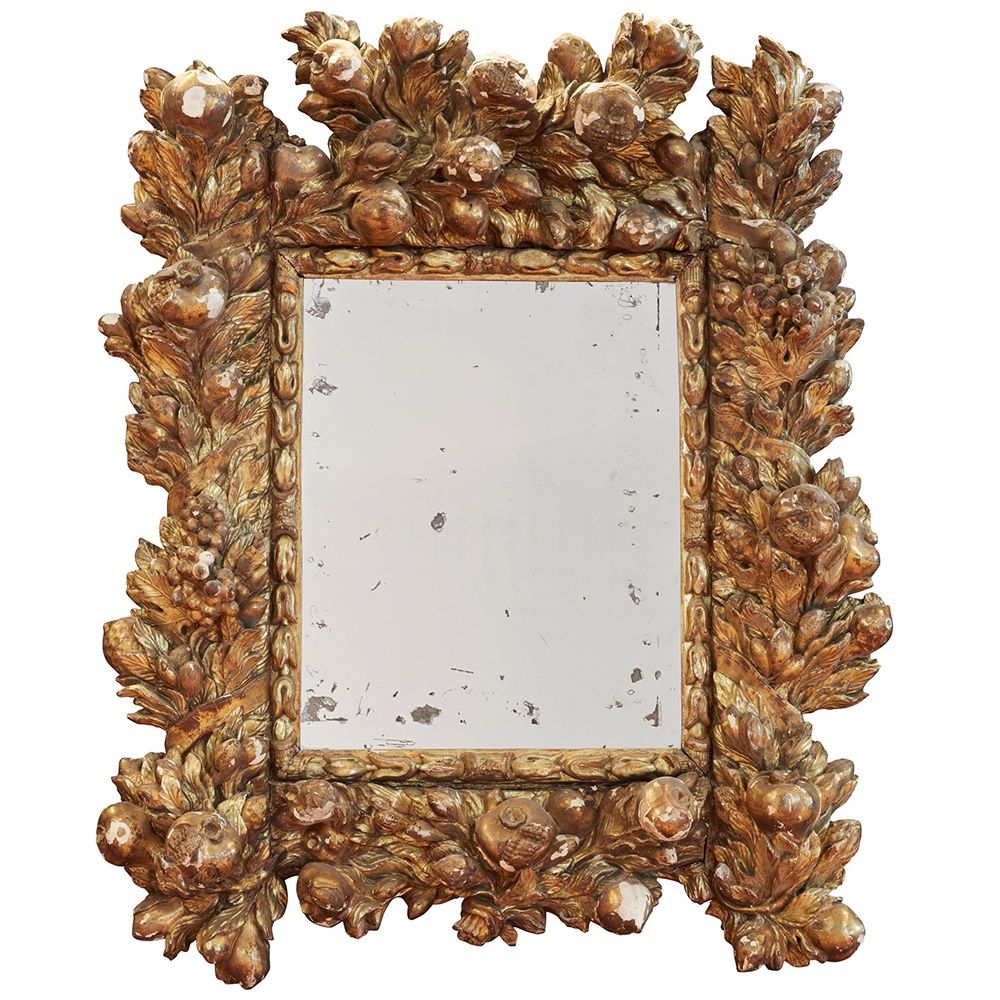
My favourite lot in this sale is the large Italian Baroque mirror, Lot 431. It is in original condition and has had a few scuffs and bumps but still has a commanding presence and beauty. The furniture in the baroque period was profusely carved and designed primarily as a showing of social status. The pomegranates around the edge seek to reinforce this as they symbolise fertility and abundance. To have this above a console table in your palazzo or country villa would have shown your guests not only your taste but that your coffers were just as impressive. The legacy of the Baroque can still be seen today in Italian taste, most notably by the fashion houses Versace and Dolce & Gabbana, who use it as a perennial reference of their collections.
- Harry Fletcher, Specialist
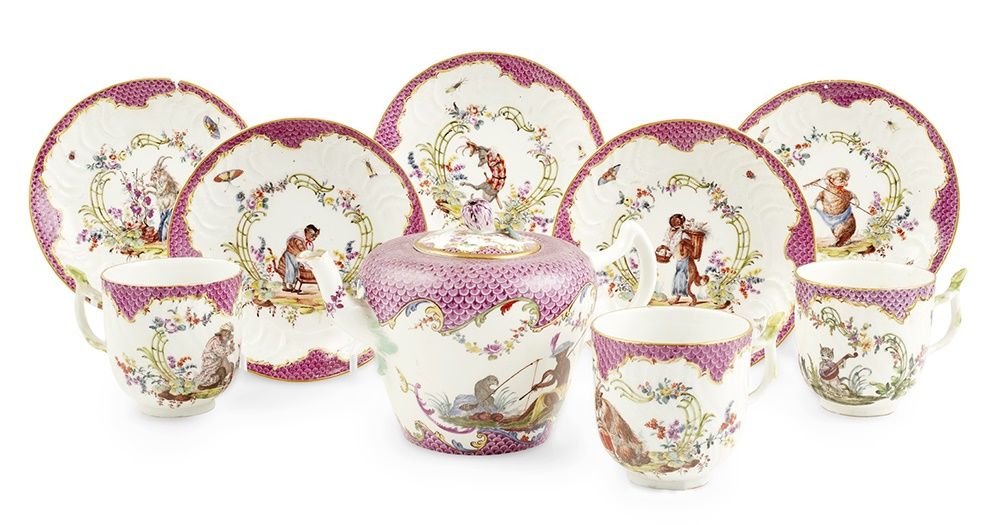
The Five Centuries sale includes two lots of rare 18th century Meissen porcelain tea ware which have anthropomorphic decoration, meaning that the pieces have been painted with animal scenes in which the creatures are given human characteristics. The scenes are humorous and charming and bring a smile to my face. The design on each piece is different and tells its own story. One plate is painted with a cunning fox, disguised as an egg seller, making off with a basket of ducks; another shows a cat, dressed as a washer woman, scrubbing a tub of laundry, while another shows a hairy goat vintner tending his grapes with care. The decoration is full of colour and includes prettily painted insects and mixed flowers within scaled purple borders. The scenes were inspired by fables by writers such as Aesop and La Fontaine, whose stories would have been widely circulated in 18th century Germany. Anthropomorphic decoration is rare to find on Meissen porcelain. It has been a pleasure to handle and study these pieces. They will bring amusement and delight to whoever is lucky enough to buy them.
- Katherine Wright, Senior Specialist
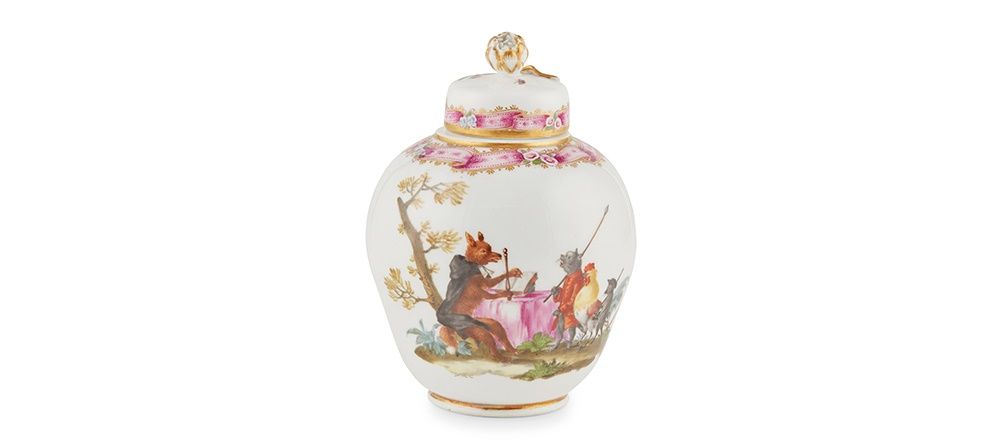
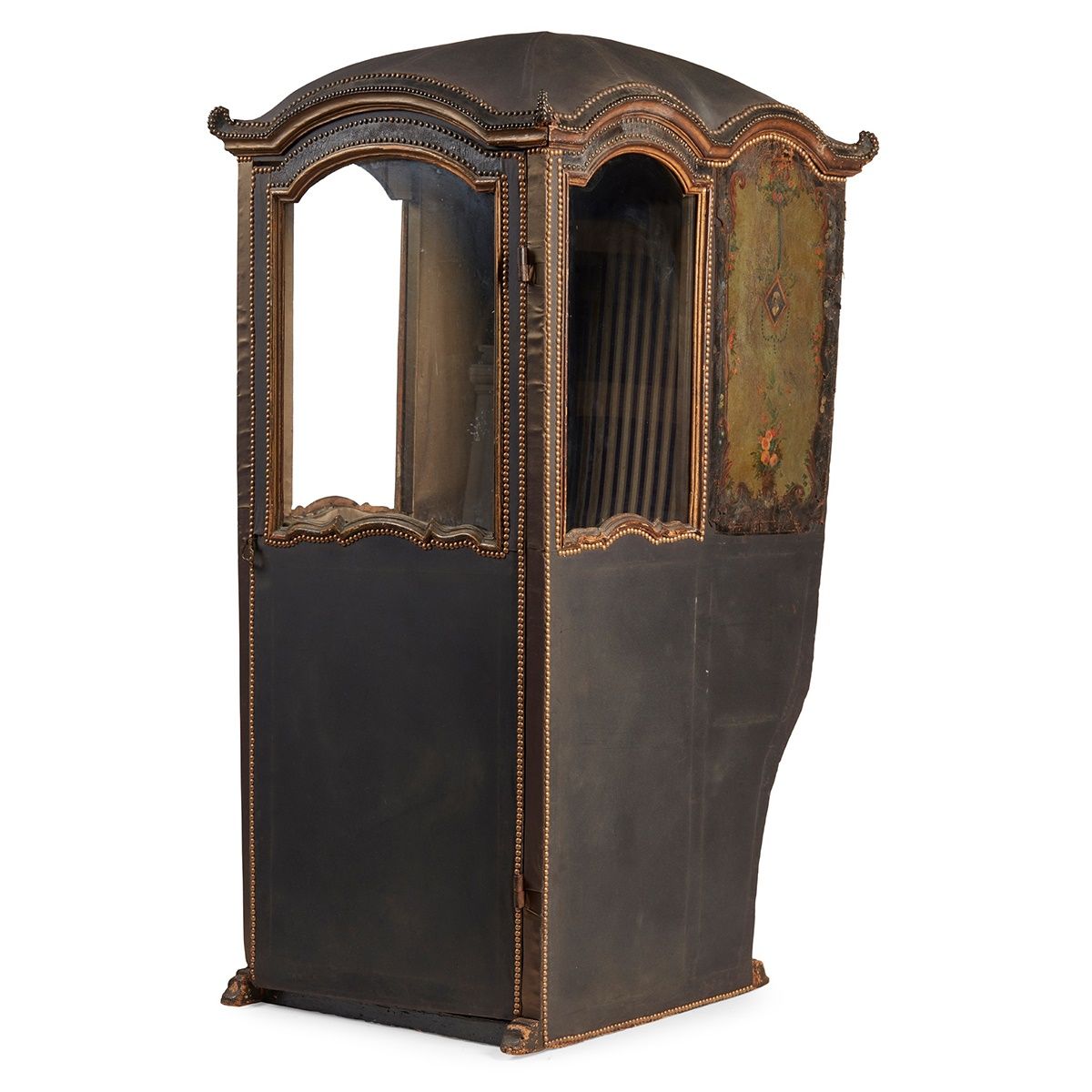
I really like this lot as it gives us insight into the way cities and traffic looked throughout history. Imagine instead of calling a cab, you would call a chair to be carried around town!
The Portuguese and Spanish navigators first encountered litters of various sorts all over the world, mainly India, Mexico and Peru. Convinced of their practicality, the seafarers brought them back to Spain in the 16th century, from where they spread to France and then Britain. By the mid-17th century, Sedan chairs for hire had become a common mode of transportation in London. Small enough to pass in streets too narrow for carriages, they actually alleviated the congestion of the streets caused by coaches. While anyone could hire a chair from Blue Posts, an early form of the taxi stand; well appointed city residences would have their own chair standing in the main hall, so a lady could enter and be carried to her destination without setting foot in a filthy street. The very rich would have a chair decorated to go with the style of their mansion, this lot for example had vividly painted leather panels.
There are also several accounts and popular wood prints of the time of chairmen playing tricks on unsuspecting ‘country-bumpkins’ by removing the floor of the chair, making them run along with them, causing amusement to any bystanders.
However, despite its advantages, the sedan chair began to fall out of favour. The rapid expansion of the cities and the distances involved meant that travelling by chair became impossible. The sedan chair became less and less fashionable, and by the mid-19th century had virtually disappeared from the streets.
- Kerstin Schaeffer, Junior Specialist
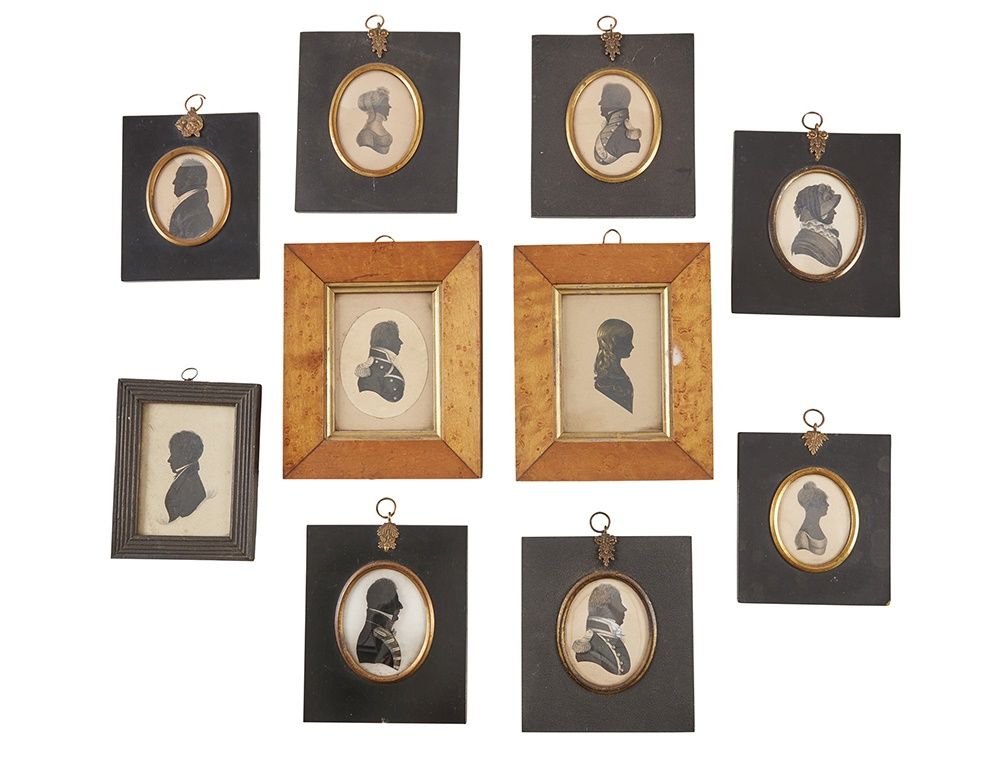
Lot 20, the group of ten silhouettes of the Henryson-Caird family being sold within the Cassencarie Collection, is my favourite lot in this November's auction. Traditional silhouettes grew in popularity from the second half of the 18th Century. Typically, the sitter’s head and shoulders were depicted in profile using black card, on a contrasting background. Silhouettes were seen as a more economical method to capture a notable figure, skilled artists were able to produce these more rapidly than a portrait miniature. Visually they can prove engaging, as there is no distraction drawing the viewer away from the sitter’s outline. These are well presented, with two enclosed in birds eye maple frames, the remainder ebonised. In addition, six of the silhouettes still bear their original trade labels to the reverse. The portrait group forms an everlasting record of some of the family members.
- Katie Hannah, General Valuer